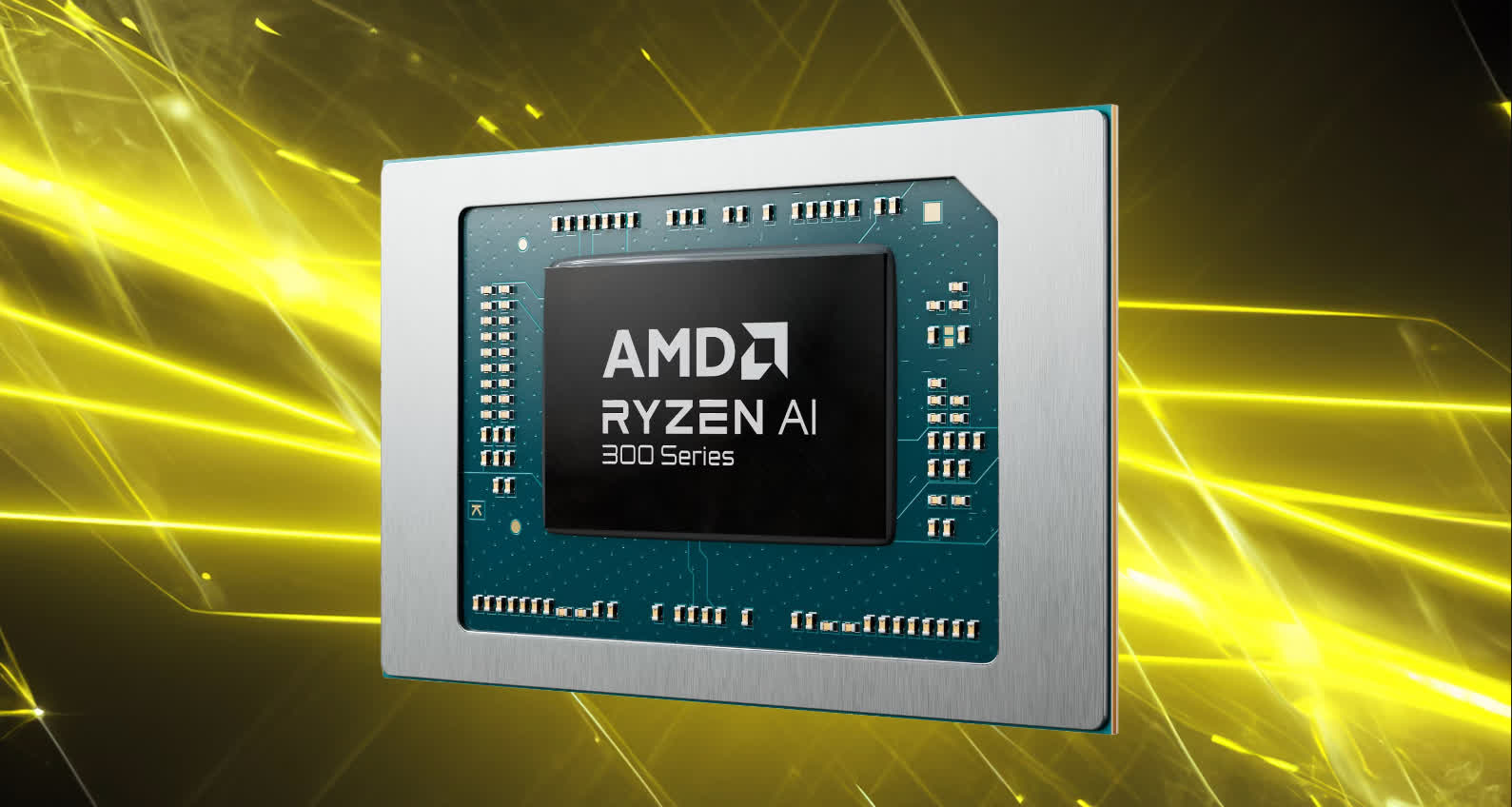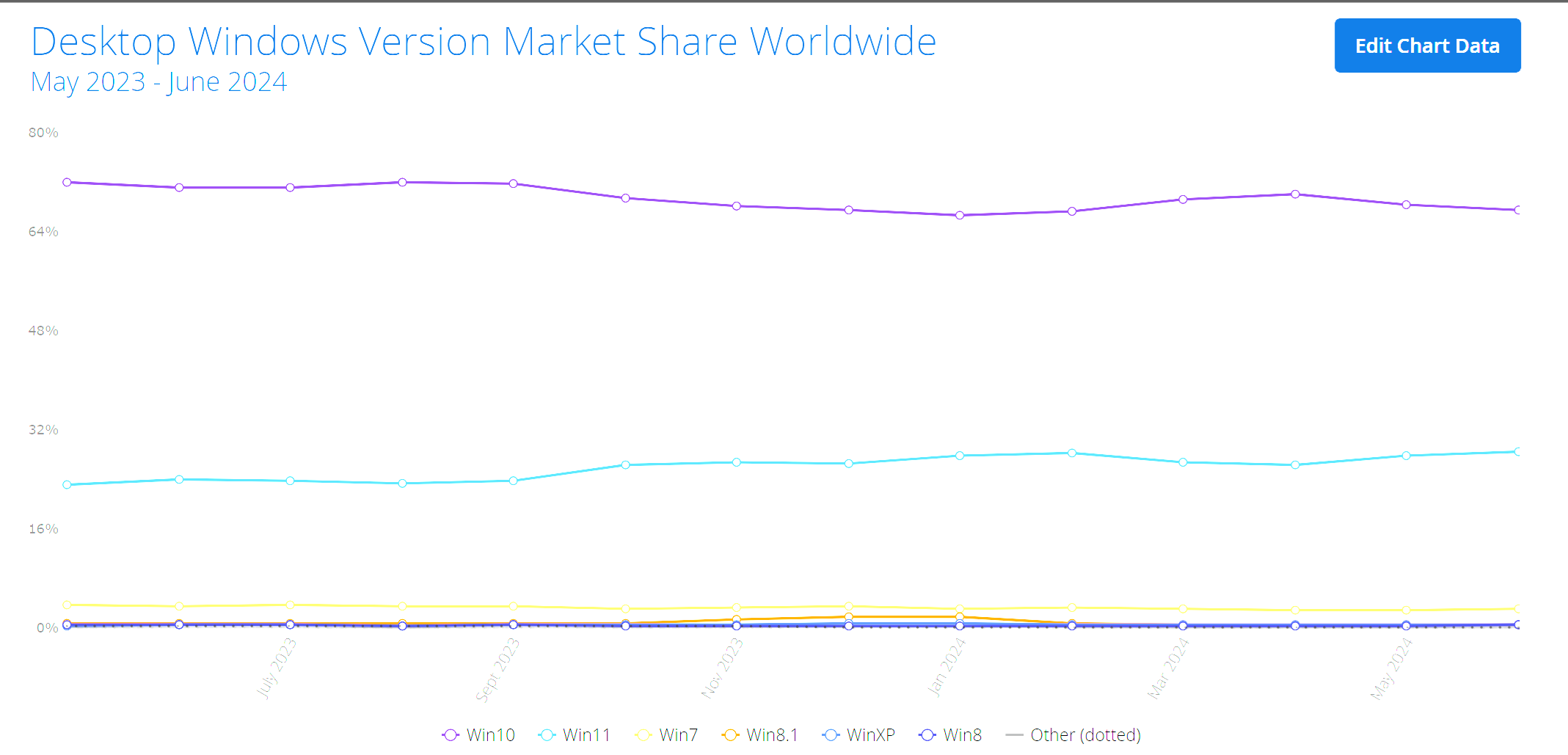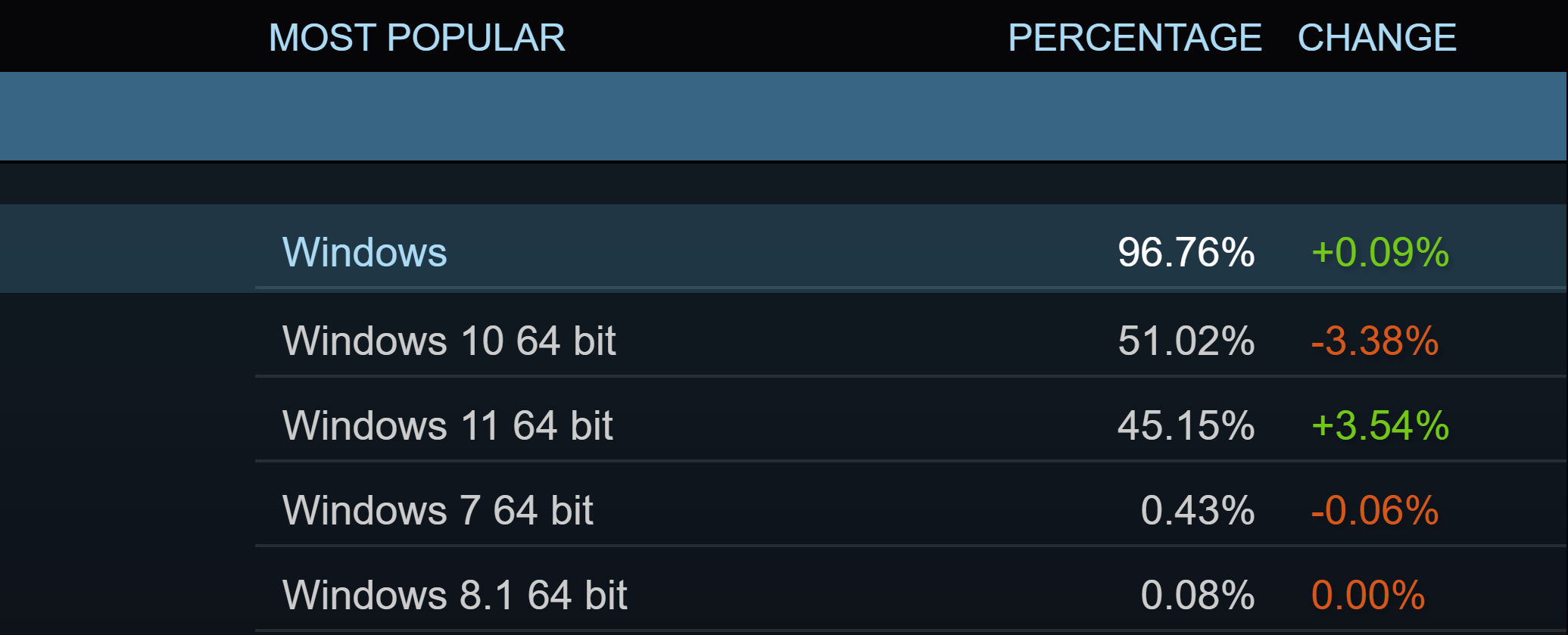In brief: The rumors were (partly) true: AMD has dropped Windows 10 support for its new Strix Point Ryzen AI 300 Series chips. The move comes despite Microsoft continuing to support Windows 10 until near the end of 2025. As noted in the previous report, you can blame the tech world's obsession with AI for the decision.
A Weibo post last month from someone said to be Lenovo's China manager stated that, starting with the Strix Point (Ryzen AI 300) APUs, AMD will stop providing Windows 10 drivers.
The announcement of the Zen 5 mobile architecture has confirmed the lack of support for Windows 10, at least in the mobile chips. A look at the Ryzen AI 9 HX 365 and 370 specs pages list the supported operating systems as Windows 11 64-bit, Red Hat Enterprise Linux, and Ubuntu.
The decision to make these mobile chips Windows 11-only isn't too surprising, given their focus on all things AI and NPUs with up to 50 TOPS performance. Microsoft announced that only laptops with an NPU capable of 40 TOPS (trillions of operations per second) or higher are considered Copilot+ PCs. Accessing all the extra AI smarts baked into Strix Point requires Windows 11, which tends to be the default option in brand-new laptops.
The good news is that AMD hasn't dropped Windows 10 support for all its Zen 5 processors. The four new Ryzen 9000-series desktop CPUs it announced do support Windows 10.
Windows 10 reaches its end-of-support date on October 14, 2025. Organizations that want to continue using the OS after this date will have the option of enrolling their PCs into a paid Extended Security Updates (ESU) subscription, but it's not cheap: $61 per device for the first year, $122 in the second year and $244 in the third.
The latest data from Statcounter shows that while Windows 10's user share has fallen since April, it still holds over 67% of the market while Windows 11 has 28.3%. Microsoft will likely be happier looking at the Steam survey results, where Windows 10's share is just over 5 points higher than Windows 11.



